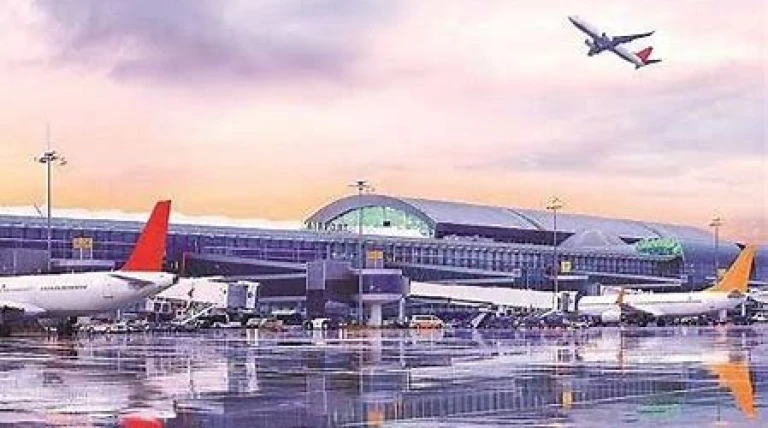The Baldota Group has released the Environmental Impact Assessment (EIA) for the first phase of its ambitious Rs 54,000-crore integrated steel plant in Koppal, Karnataka. Conducted by Pollution & Ecology Control Services, Nagpur, the EIA outlines the potential environmental effects of the project’s initial phase, which aims to produce 3.5 million tonnes of steel annually.
Reaffirming its commitment to sustainable development and community well-being, the company has incorporated advanced environmental technologies into the plant's design. “We have considered every aspect of the environment and the smallest issue with utmost care in the design of the plant, keeping the surroundings and people’s well-being in mind,” said Nagaraj NB, Vice President of the Integrated Steel Project at BSPL.
To ensure compliance with norms set by the Karnataka State Pollution Control Board (KSPCB) and the Central Pollution Control Board (CPCB), the company will implement cutting-edge pollution control technologies, targeting particulate emissions of no more than 50 mg/Nm³. The plant will draw 4,170 cubic metres of water per hour from the Tungabhadra Reservoir, and all wastewater will be treated through septic tanks and soak pits.
In a notable sustainability initiative, the plant will generate 295 MW of power using waste gases and fuels—highlighting its focus on energy efficiency and clean power generation.
Beyond environmental considerations, the project is expected to boost regional economic growth by creating opportunities for small-scale industries. As India works toward increasing its steel production capacity by 100 million tonnes by 2030, the Baldota plant—slated to eventually reach a capacity of 10.50 million tonnes per annum (MTPA)—is positioned to contribute around 10% of this national target.
News by Rahul Yelligetti.
![{[setting('site_name')]}](https://projxnews.com/uploads/setting/16983847711140531930.webp)










